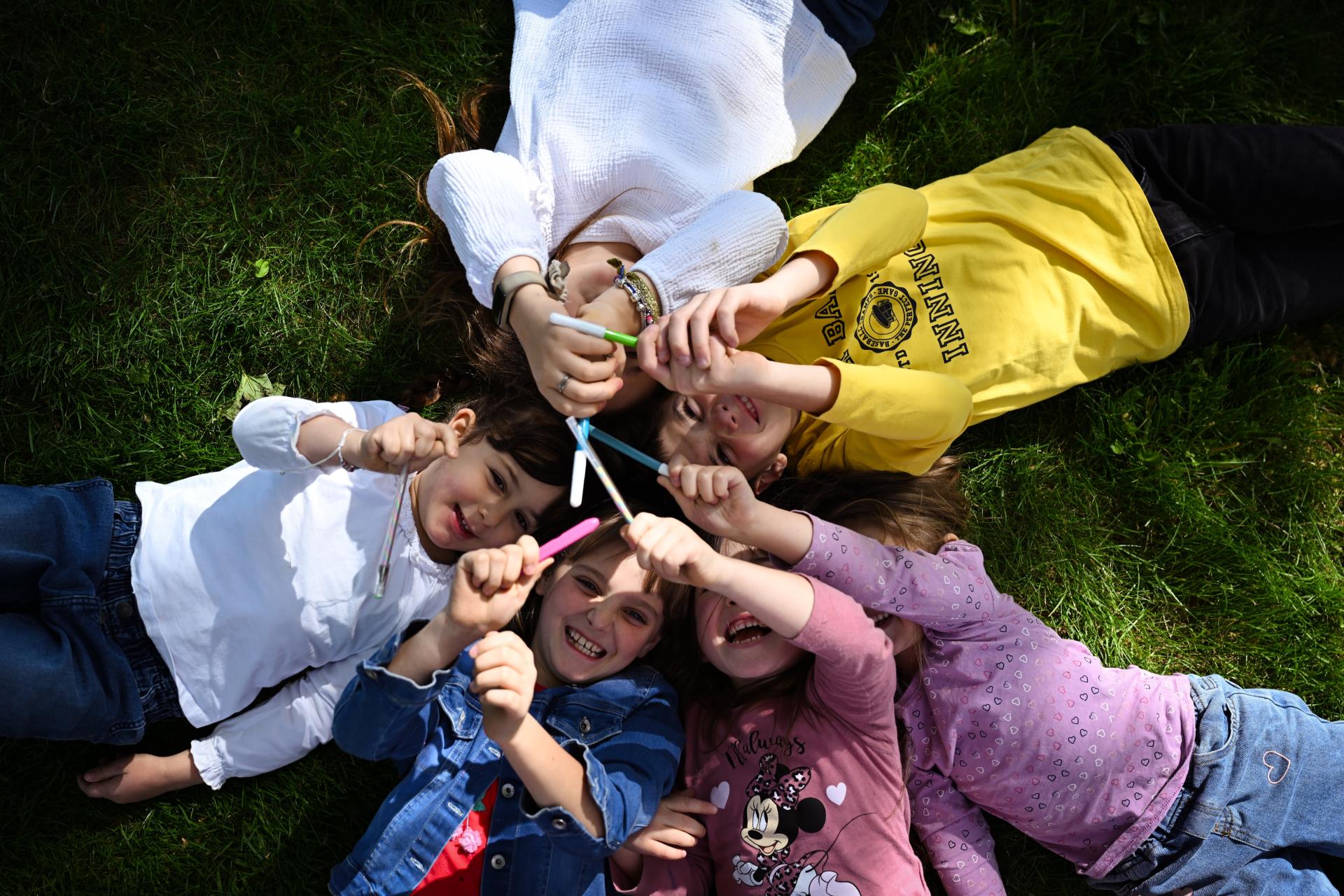We firmly believe in a more sustainable world, and apply that belief through concrete and measurable actions. That's why we were the first manufacturing company to take on the challenge posed by the introduction of the Minimum Environmental Criteria, demonstrating our support for a legal framework aimed at protecting the environment in which we live. The Minimum Environmental Criteria are centred on the circular economy. The aim is to promote the development of technologies with a low environmental impact while reducing the consumption of raw materials by turning waste into a resource.
Our products can be made in accordance with the MEC decree, using natural materials such as highly durable black locust wood or FSC® or PEFC-certified heat-treated wood, aluminium, and both compact and rotational recycled polyethylene.All our products comply with the MEC directives, actively supporting the principles of the circular economy. This production and consumption model is based on key principles such as the sharing, reuse, repair, reconditioning, and recycling of materials and products, extending their life cycles and reducing waste.Compliance with the MEC directives not only means adhering to the current regulations, but also actively supporting environmental sustainability through the adoption of responsible and forward-thinking practices.
The Minimum Environmental Criteria (MEC), which are increasingly referenced in relation to sustainability and public procurement, establish environmental requirements for different phases of the procurement process. These criteria aim to identify design choices, products, or services that ensure the best environmental performance across their life cycle, in line with what the market currently offers.
MINISTRY OF THE ENVIRONMENT AND ENERGY SAFETY DECREE OF 7 February 2023

